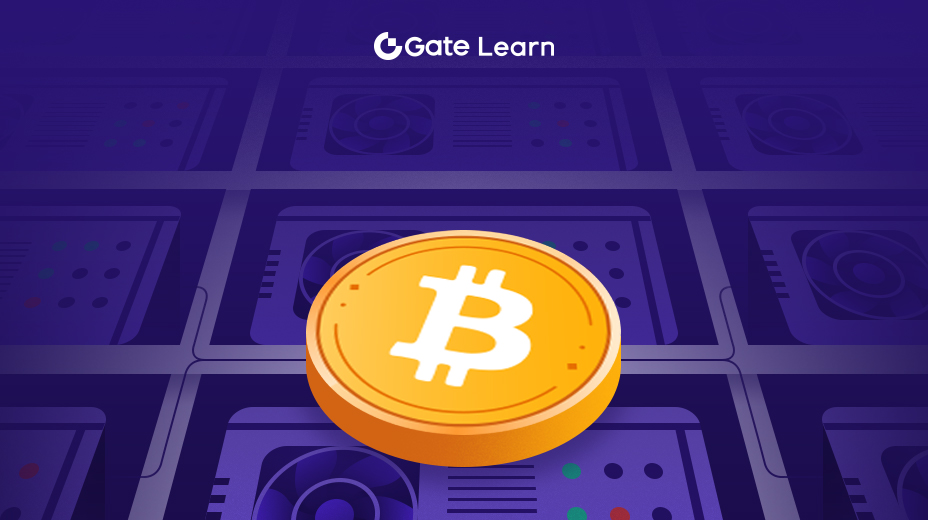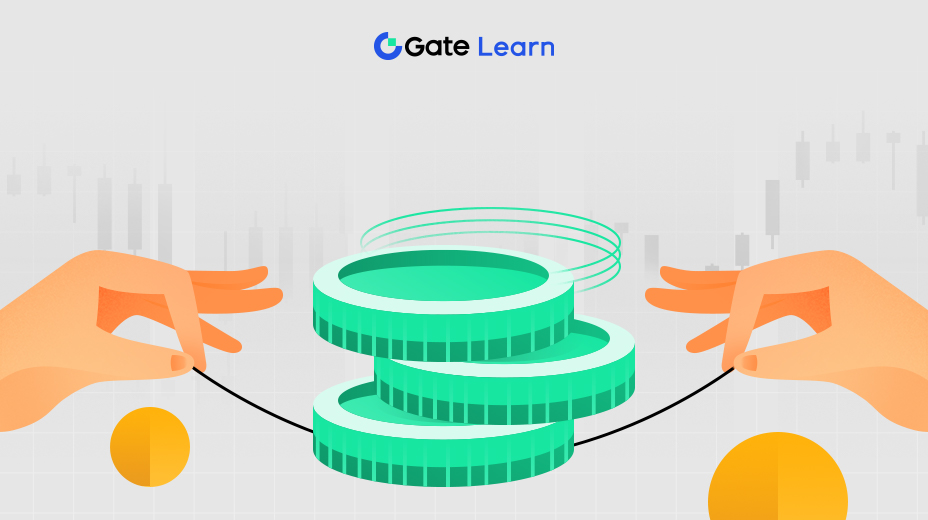Gerenciamento de transações na OP Mainnet
O módulo Transaction Management investiga as especificidades do tratamento de transações na OP Mainnet. Exploraremos os vários status de transação, ferramentas e práticas recomendadas para monitorar esses status. Este módulo é essencial para quem deseja navegar pelas complexidades das transações dentro da OP Mainnet, garantindo um gerenciamento de transações eficiente e bem-sucedido.
Compreendendo os status das transações na rede principal do OP

Os status das transações na OP Mainnet são um aspecto crítico para a compreensão de como as transações são processadas e validadas nesta solução de escalonamento da Camada 2. Quando um usuário inicia uma transação, como uma transferência de token ou uma interação de contrato inteligente, a transação passa por vários estágios antes de ser totalmente confirmada. O primeiro status normalmente é “pendente”, o que indica que a transação foi enviada à rede, mas ainda não foi processada. Esta é a fase inicial de todas as transações e pode variar em duração dependendo do congestionamento da rede e da taxa de gás associada à transação.
Assim que a transação é captada pela rede, ela passa para o estágio de ‘processamento’. Durante esta fase, a transação está sendo validada pelos nós da OP Mainnet. Isso envolve verificar se os dados da transação estão corretos e garantir que o remetente tenha saldo suficiente para concluir a transação. O tempo de processamento pode ser rápido, mas também pode demorar mais durante períodos de alta atividade da rede. É importante que os usuários entendam que, embora uma transação esteja neste estágio, ela ainda não foi finalizada.
Após o processamento, o status da transação muda para ‘executada’ se ela tiver sido validada e executada com sucesso na rede. No entanto, isso não significa que a transação foi finalizada. Na OP Mainnet, como muitas soluções da Camada 2, as transações são agrupadas em lote e liquidadas na rede principal Ethereum. Portanto, uma transação marcada como executada é efetivamente concluída na OP Mainnet, mas aguarda a confirmação final na blockchain Ethereum.
O próximo status é ‘confirmado’, o que indica que a transação foi incluída em um bloco na rede principal Ethereum. Esta é uma etapa crítica, pois protege a transação com a segurança robusta do blockchain Ethereum. Quando uma transação atinge esse status, ela é considerada final e irreversível. Esta finalidade é crucial para a integridade e confiança no processo de transação na OP Mainnet.
Em alguns casos, uma transação pode ser marcada como 'falhada'. Isso pode ocorrer por vários motivos, como taxas de gás insuficientes, erro nos dados da transação ou falha na execução do contrato inteligente. É importante que os usuários monitorem suas transações e entendam por que uma falha pode ocorrer, pois isso pode informar transações futuras e ajudar a evitar problemas repetidos.
Existe o status “descartado”, que pode ocorrer se uma transação não for captada pela rede dentro de um determinado período de tempo, muitas vezes devido às baixas taxas de gás. Nesses casos, a transação é retirada do pool de transações e os fundos são devolvidos à carteira do remetente. Compreender esses status e suas implicações é crucial para qualquer pessoa que faça transações na OP Mainnet, pois ajuda no gerenciamento eficaz de transações e expectativas.
Ferramentas e práticas para monitorar status de transações
O monitoramento do status das transações na OP Mainnet é essencial para o gerenciamento eficaz das transações, e existem várias ferramentas e práticas que os usuários podem empregar. Uma das principais ferramentas para esse propósito é um explorador de blockchain projetado especificamente para OP Mainnet. Esses exploradores permitem que os usuários insiram seu hash de transação (um identificador exclusivo para cada transação) e visualizem o status atual de sua transação. Esta ferramenta é inestimável para acompanhar o progresso de uma transação desde o envio até a confirmação final.
Outra ferramenta útil é a interface da carteira, que geralmente fornece atualizações em tempo real sobre o status das transações. A maioria das carteiras modernas que suportam OP Mainnet exibirão o status de cada transação, atualizando-o à medida que a transação avança nos diferentes estágios. Este recurso é particularmente útil para usuários casuais que podem não estar familiarizados com o uso de um explorador de blockchain.
Para desenvolvedores e usuários mais avançados, existem ferramentas programáticas e APIs que podem ser usadas para monitorar o status das transações. Essas ferramentas permitem a integração do rastreamento de transações em aplicativos ou sistemas automatizados. Por exemplo, um aplicativo descentralizado (dApp) pode usar essas APIs para fornecer aos usuários atualizações automáticas sobre o status de suas transações diretamente na interface do aplicativo.
Definir taxas de gás adequadas é uma prática crucial para garantir que as transações sejam processadas em tempo hábil. Os usuários devem estar cientes das condições atuais da rede na OP Mainnet e ajustar suas taxas de gás de acordo. Taxas de gás mais altas podem levar a tempos de processamento mais rápidos, especialmente durante períodos de alto congestionamento da rede. Existem várias ferramentas e recursos online disponíveis que fornecem orientação sobre os preços atuais do gás na OP Mainnet.
Outra prática importante é o uso do gerenciamento de nonce. O nonce, um número sequencial atribuído a cada transação de um endereço, garante a ordem correta das transações. O gerenciamento eficaz de nonce pode evitar problemas como transações travadas, especialmente ao enviar várias transações em rápida sucessão. Usuários e desenvolvedores avançados podem definir nonces manualmente para gerenciar o pedido e o processamento de suas transações.
Como a OP Mainnet opera como uma solução de Camada 2, a finalidade das transações envolve não apenas a confirmação na OP Mainnet, mas também na rede principal Ethereum. Os usuários devem estar cientes deste processo de duas etapas e utilizar as ferramentas apropriadas para monitorar suas transações em ambas as camadas. Esse entendimento é fundamental para gerenciar expectativas e navegar com eficácia no processo de transação na OP Mainnet.
Casos e exemplos
- Provedores RPC: Provedores RPC (Chamada de Procedimento Remoto) são cruciais para os desenvolvedores conectarem seus aplicativos à rede principal do OP. Eles oferecem uma interface para enviar solicitações ao blockchain, como consultar o estado atual, enviar transações e rastrear seu status. Esses provedores garantem uma comunicação confiável entre os aplicativos e a rede principal do OP, facilitando o monitoramento e a interação em tempo real.
- Block Explorers: Block Explorers são ferramentas essenciais para monitorar transações na OP Mainnet. Eles permitem que desenvolvedores e usuários visualizem informações detalhadas sobre blocos, transações e endereços no blockchain. Ao usar um explorador de blocos, é possível rastrear o status de uma transação, incluindo seu status de confirmação, gás utilizado e quaisquer erros potenciais. Esta ferramenta é inestimável para depurar e verificar transações na rede.
- Torneiras: Torneiras no OP Mainnet são úteis para desenvolvedores, especialmente em ambientes de teste. Eles fornecem tokens de teste gratuitos ou Ether, que podem ser usados para executar transações na testnet sem custos reais. Isso permite que os desenvolvedores testem seus aplicativos e monitorem o status das transações em um ambiente livre de riscos, garantindo que seus aplicativos funcionem corretamente antes de implantá-los na rede principal.
- Oráculos: Os oráculos desempenham um papel significativo no fornecimento de dados externos para contratos inteligentes na OP Mainnet. Eles podem ser usados para monitorar eventos do mundo real e acionar transações com base em condições predefinidas. No contexto do monitoramento de transações, os oráculos podem fornecer camadas adicionais de informações, aprimorando as capacidades das aplicações e possibilitando funcionalidades mais complexas.
- Ferramentas analíticas: essas ferramentas podem fornecer insights sobre padrões de transações, comportamento do usuário e integridade geral do aplicativo, ajudando os desenvolvedores a otimizar seus aplicativos e melhorar a experiência do usuário.
Destaques
- As transações na OP Mainnet passam por vários status: 'pendente' indica envio, 'processamento' mostra que está sendo validado e 'executado' significa que foi concluído na OP Mainnet, mas ainda não finalizado.
- Uma transação é ‘confirmada’ uma vez incluída em um bloco na rede principal Ethereum, garantindo finalidade e irreversibilidade, cruciais para a integridade da transação na rede principal OP.
- As transações podem falhar devido a motivos como taxas de gás insuficientes ou erros nos dados, exigindo que os usuários monitorem e compreendam essas falhas para transações futuras.
- Um status de 'abandonado' ocorre se a transação não for captada pela rede, geralmente devido às baixas taxas do gás, resultando na remoção da transação e na devolução dos fundos.
- Os exploradores Blockchain para OP Mainnet são ferramentas essenciais, permitindo aos usuários acompanhar o progresso da transação usando o hash da transação.
- Interfaces de carteira e ferramentas/APIs programáticas oferecem atualizações e integração em tempo real para rastrear transações, benéficas tanto para usuários casuais quanto para desenvolvedores.
- Compreender as nuances das transações da camada 2 na rede principal OP é fundamental, pois a finalidade envolve a confirmação tanto na rede principal OP quanto na rede principal Ethereum, exigindo monitoramento em ambas as camadas.





